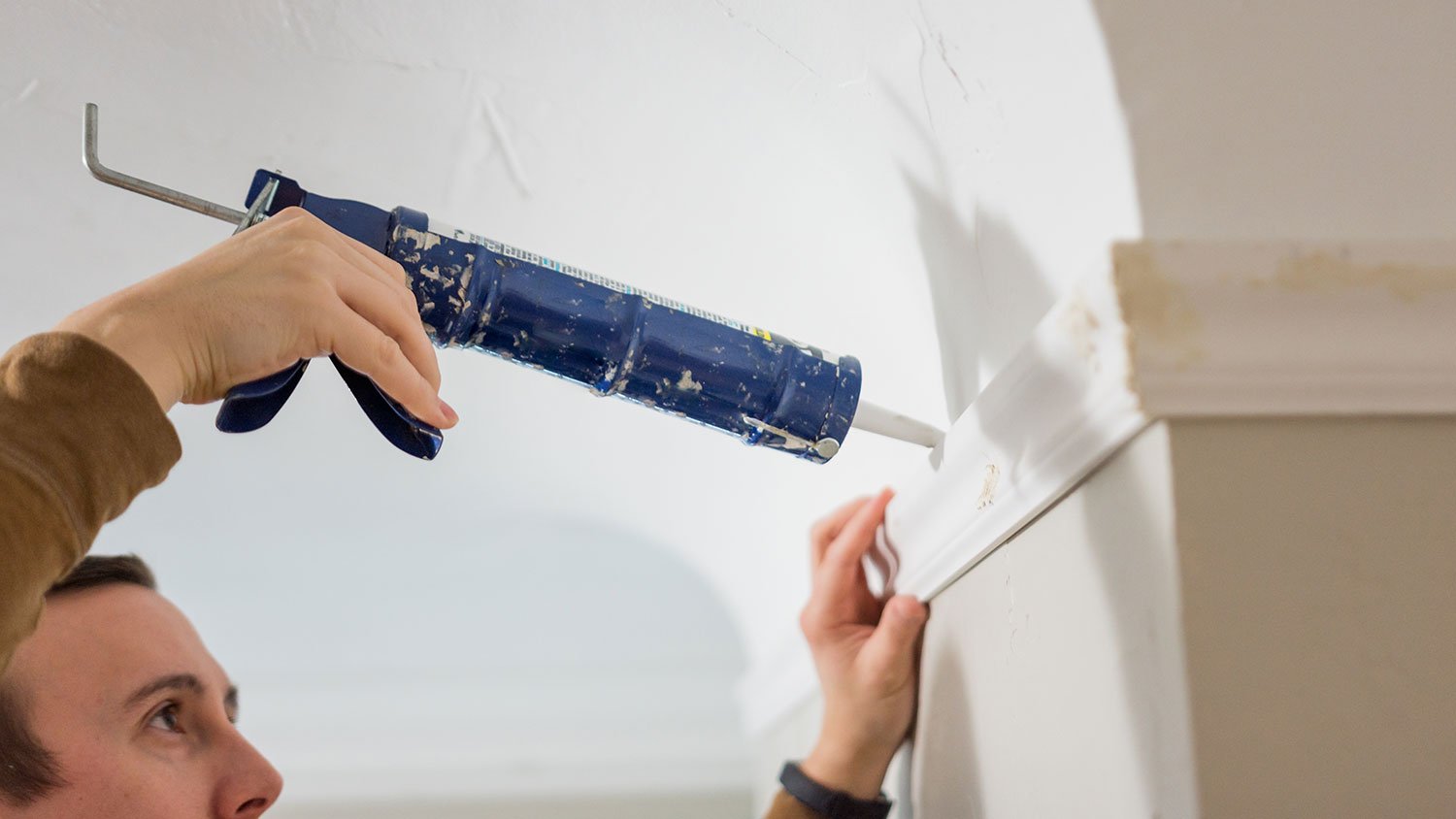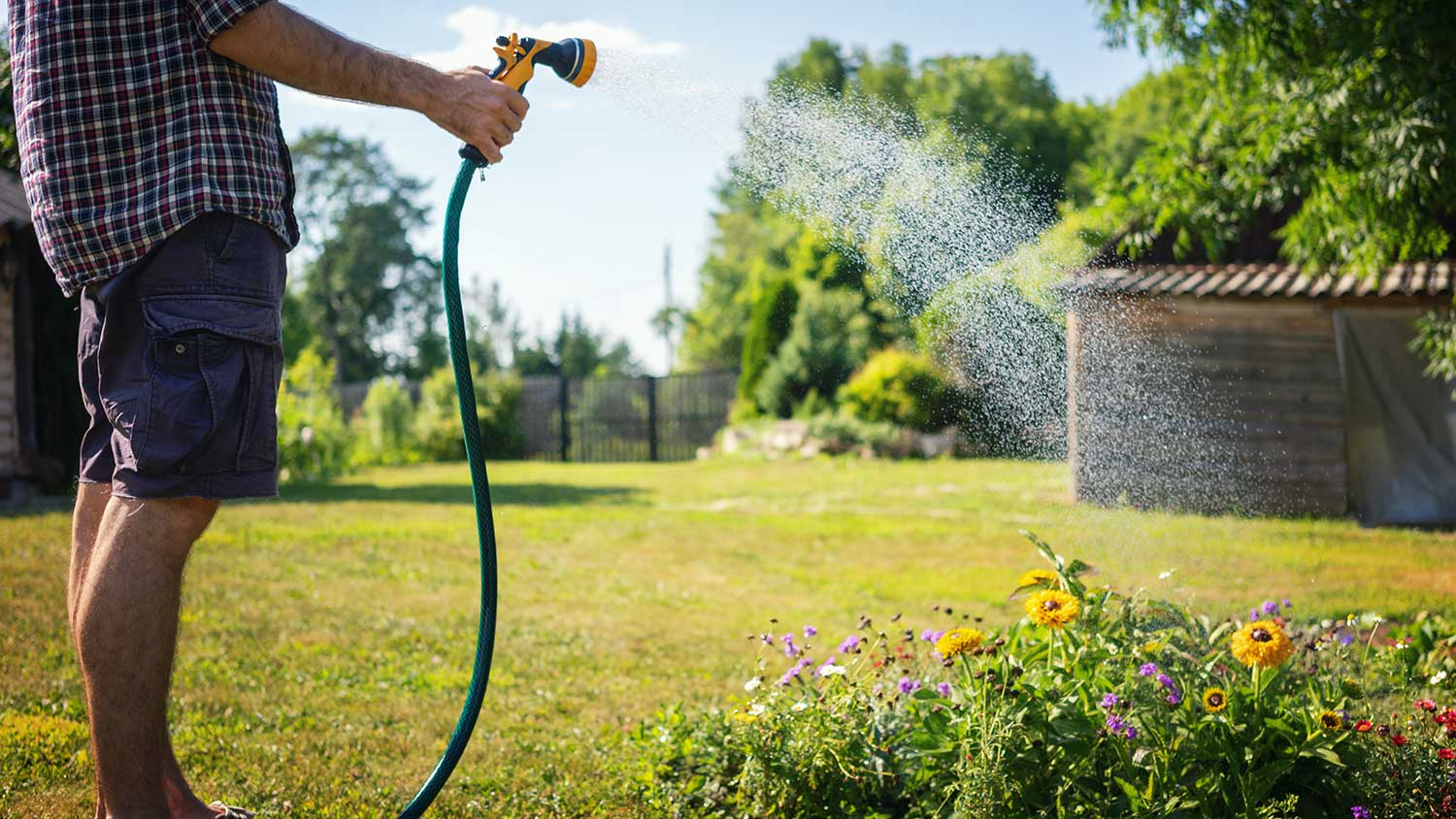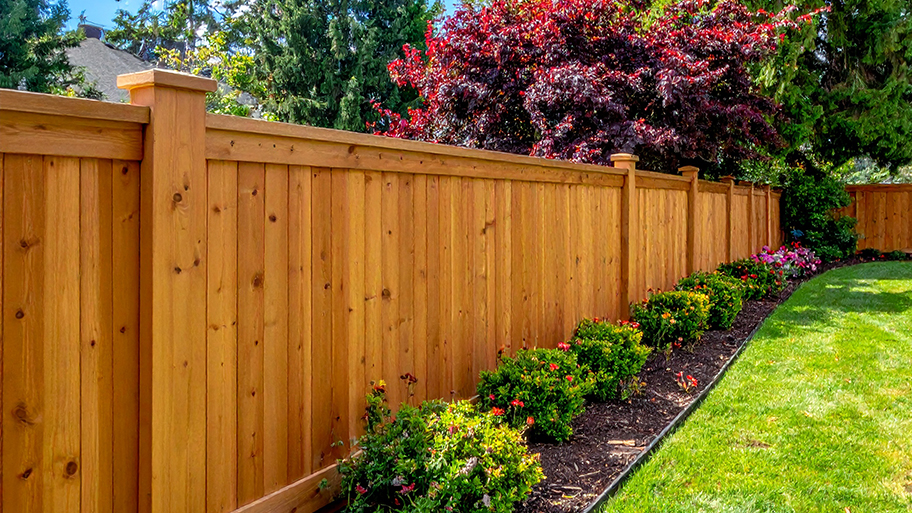
The cost to pressure wash a deck depends on its size, condition, material, and whether you DIY the job. Help set your budget with this cost guide.
Stucco is a delicate material, and cleaning it properly requires a gentle touch


Using the wrong cleaning product on stucco can etch it, leading to staining or deterioration.
Cleaning stucco siding involves climbing a ladder with equipment, so it’s safest to leave this project to an expert.
DIYing without knowing how to prep and clean stucco could lead to costly mistakes. Stucco repairs cost around $1,600, on average.
A stucco pro will know how to gently handle your stucco to prevent damage and can inspect and repair any cracks or other issues before the cleaning process.
Many homeowners opt for stucco exterior over other types of house siding thanks to its unique appearance and fantastic durability. It’s also pretty easy to clean and maintain, as long as you know what you’re doing when tackling a DIY stucco repair project.
However, you should avoid damaging your stucco siding when you clean it, as stucco repairs can cost as much as $1,400.
This guide teaches you how to clean stucco without a pressure washer or by safely and efficiently using one, as well as how to preserve your investment in stucco siding.

One of the problems with stucco is that it can be damaged by weather, causing small gaps and cracks. You’ll want to take care of any damage before cleaning as these cracks can allow moisture to seep in, which makes for big—and costly— problems.
If moisture penetrates the cracks, this could lead to a freeze-thaw cycle that damages the stucco. Even micro-cracks can become larger through freeze-thaw cycles. Once the cracks become larger, more moisture penetrates, and the problems intensify rapidly.
Even in areas that rarely see freezing temperatures, water penetration into the cracks can provide areas for mold and mildew growth.
Ultimately, failing to treat stucco cracks can cause the material to degrade prematurely, leading to far costlier repair bills in the future.
To save yourself the future bill, carefully apply a silicon-based sealant to cracks and areas needing reinforcement. A gallon of clear, water-resistant stucco sealant costs about $20.
Sealant drying time is typically 10 to 24 hours, but check the manufacturer's recommendation before power washing your home just in case. Another thing to note before you get started is that cleaning stucco on a two-story house may require using a ladder, so be prepared to have a safety buddy on hand for those upper levels.

A few cleaning products can effectively wash away dirt and grime on your stucco siding. You’ll need to pick the one that’s right for you.
The three most effective cleaning solutions for stucco siding are:
A store-bought concentrated cleaning solution (make sure you choose one that’s approved for stucco siding)
Bleach and water (equal parts)
Borax, dish soap, and water (2 gallons of water for every 1/2 cup of borax and 2 tbsp of dish soap)
The borax/dish soap solution is the least harsh chemical of the three. You can apply these cleaning solutions for stucco siding with or without a pressure washer.
When using a pressure washer, mix the solution according to the manufacturer's instructions and apply it to the stucco surface, adjusting the settings as needed. When cleaning without a pressure washer, mix the solution in a bucket and apply it manually using a sprayer or brush, allowing it to sit before rinsing it with water.
Remember to test any cleaning solution in a small, inconspicuous area before applying it to the entire stucco siding. This helps avoid potential discoloration or damage.

Note: A pressure washer is an excellent tool to clean all of the stucco’s nooks and crannies. Because a pressure washer is a powerful machine, it’s best to call in a professional to use it. If you insist on cleaning with the pressure washer yourself, we advise taking these safety precautions:
Wear work boots, goggles, and gloves
Use a low-pressure spray tip nozzle
Spray at a 45-degree angle while staying at least two feet away from the stucco
Before using the pressure washer, it's advisable to take a walk around the stucco siding with a soft bristle brush. This will allow you to manually remove any dirt or grime in areas that are within reach by hand. This approach provides a gentler method for eliminating buildup before proceeding with the pressure washer.
Load your cleaning solution into the pressure washer and power it on, ensuring you use a low setting to clean your stucco. When using a pressure washer, it is recommended to stand seven to 10 feet away to maintain a safe distance and avoid damaging the stucco. You’ll also want to start with a wider-angle nozzle on the pressure washer. You can always gradually increase the pressure and distribution of water if you do not see results from a gentler approach, but you don’t want to start off too strong.
For efficient cleaning, start from the top of your stucco and work your way down as you blast away grime and dirt.
Both the cleaning solution and grime coming off the wall will trickle downward (thanks, gravity!), so you can avoid having to go over the same areas two or three times by simply working your way from high to low.
To clean stucco siding without a pressure washer, you will first prepare a cleaning solution of stucco cleaner, bleach, and water, or the mixture of borax, dish soap, and water in a bucket. After hosing down the surface with your regular garden hose, use a soft-bristle brush or a long-handled scrub brush to apply the solution to the stucco, working in small sections.
Gently scrub the surface to remove dirt and grime. Then, rinse the stucco thoroughly using the spray nozzle on your hose or a bucket of clean water. Be sure to protect any nearby plants or delicate surfaces from the cleaning solution as it runs off.

This last step is optional but highly recommended, especially if you have used bleach or if there are several shrubs or trees surrounding your home. Thoroughly rinsing with regular water from the hose or pressure washer on the lowest setting is essential not only to dilute any chemicals but also to protect other outdoor items. Bleach and certain cleaners can potentially damage surfaces such as delicate plants, flowers, lawn furniture, patio decor, and painted surfaces. By rinsing everything around the house, you ensure the preservation and health of these items while effectively cleaning your stucco siding.
Note: Only use the pressure washer to rinse the surrounding pavement or decking. Do not use the pressure washer on any living thing including plants, children, and pets—it’s just too powerful. Stick with the hose to rinse your plants.
If this project feels a bit overwhelming, don’t forget you can hire a professional stucco contractor near you to help out.
Cleaning a home with vinyl or wood siding is often as easy as cranking the pressure washer up and blasting away mold, mildew, dirt, and other buildup on your home’s sides.
However, you’ll need to be more cautious when cleaning stucco. Stucco materials (especially sand and lime) can be wiped away if you blast your siding at point-blank range or on a high-pressure setting, which will damage your siding instead of cleaning dirt off it.
You can still use a pressure washer on stucco, but you’ll need to use a low setting from a safe distance of about seven to 10 feet.
There are a few steps you can take to keep your stucco clean for longer periods; think of it as small investments of time to safeguard your stucco from dirt, grime, and other unwanted materials.
Repair cracks: As soon as you see any cracks form on your stucco, repair them yourself (if they are superficial) or have them professionally repaired (if they require closer inspection or are deeper). This will prevent any gunk from getting inside the stucco and causing further damage.
Cover dirt around your home: The less dirt around your home, the less that can get into your stucco. Cover any exposed dirt around your home with rocks or mulch.
Inspect your stucco annually: Even if you are repairing minor cracks, it’s wise to perform an annual inspection and cleaning—ideally with the help of a professional—to ensure your stucco looks excellent and does not show serious signs of wear.
Pressure washing a house costs $195 to $420 on average. The cost range fluctuates depending on the size of the home’s exterior, accessibility concerns, and project complexity. For instance, a two-story home costs more to clean than a single-story residence. The cost also rises significantly if your pro finds the stucco needs repair or maintenance. Repairing stucco siding costs an average of $1,580 and must be done ahead of cleaning to avoid causing further damage. Ask a local pressure washing service for a quote on your home.
You may save some money if you DIY the job, especially if you already own a pressure washer. Renting a pressure washer costs about $90 per day, or even less if you only need it for a few hours.
While pressure washing is DIY-friendly, stucco isn’t the right surface to practice on. This material is fragile, and mistakes lead to costly repairs. There is a real risk of damaging some of your stucco when using a pressure washer. You need plenty of experience in pressure washing to do this job safely.
Pressure washers can also be dangerous when used incorrectly, and if you’re only renting the machine for a day, you’re likely unfamiliar with its power and capabilities. Hiring a team of pros is the best choice for most homeowners. They’ll have the training and equipment to clean your stucco exterior quickly and safely.
From average costs to expert advice, get all the answers you need to get your job done.

The cost to pressure wash a deck depends on its size, condition, material, and whether you DIY the job. Help set your budget with this cost guide.

The cost to pressure wash a patio depends on the size of the surface and the type of patio you have, as well as whether you DIY or hire a pressure washing pro.

Pressure washing your fence can restore its appearance and keep your home looking great. Learn how much it costs based on factors like square footage and material.

Choose the right power washer to tackle your projects with ease. Learn about gas versus electric power washers, their pros, cons, and costs.

Do you need to clean oil, paint, or rust stains on your concrete driveway? Learn if it’s better to spray or not to spray before pressure washing it.
Pressure washers have many uses from cleaning patios to scrubbing cars. This guide covers the most common pressure washer uses to help you make the most of this tool.